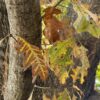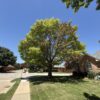Tubakia Leaf Spot
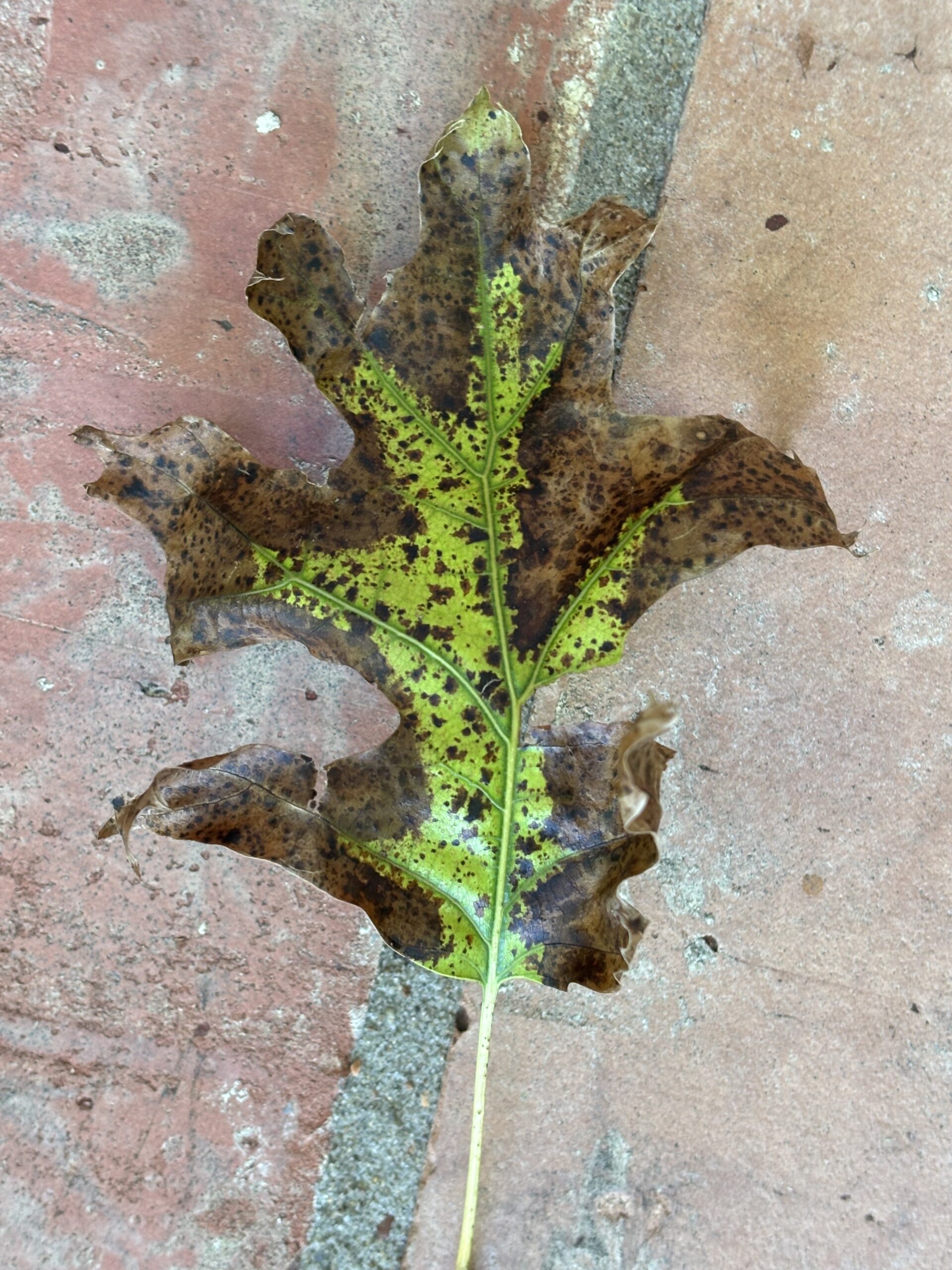
If your tree is dropping leaves early or you’re seeing large brown splotches or odd spots on the foliage, you’re not alone. Here in North Texas, one of the most common causes of these symptoms is Tubakia leaf spot, a fungal disease that tends to show up just as the growing season starts winding down.
The hot, humid summers and frequent rainstorms in our region create the perfect conditions for fungal pathogens like Tubakia to thrive. Fortunately, while this disease may look alarming, it’s rarely fatal and can be managed effectively with proper care.
Tubakia Red Flags
Watch for these common symptoms of Tubakia:
- Reddish-brown spots on leaves
- Yellow halos around the spots
- Irregular blotches or splotches
- Browning and curling leaves
- Premature leaf drop, often in late summer or early fall
- Most damage appears in the lower canopy, where moisture lingers
What Is Tubakia?
Tubakia (formerly known as Actinopelte dryina) is a fungal pathogen that overwinters in fallen leaves and twigs. When the warm, wet conditions of late summer return, spores are spread through wind and rain, infecting trees that are already under stress.
While Tubakia is most commonly associated with red oaks, it can affect a variety of tree species, including maples and other broadleaf trees.
Why Is My Tree Getting Tubakia?
Tubakia tends to infect trees that are already under stress. Common stress factors include:
- Nutrient deficiencies (especially iron)
- Improper mulching
- Construction or root damage
- Poor soil structure or compaction
- Drought or overwatering
- Recent transplanting
How Texas Tree Surgeons Diagnoses Tubakia
Tubakia can often be identified by its signature reddish-brown leaf spots and yellow halos, but a key diagnostic clue is where the symptoms appear. Tubakia typically affects the lower part of the canopy, where humidity is highest—unlike other diseases, which may start at the top or tips of branches.
Our ISA Certified Arborists are trained to accurately diagnose Tubakia and distinguish it from other common leaf diseases. Once confirmed, we can create a treatment and recovery plan tailored to your landscape.
How We Treat Tubakia
There is no instant cure for Tubakia, but with the right approach, we can help your tree recover and thrive. At Texas Tree Surgeons, we focus on reducing stress and improving overall tree health:
- Identify and correct stressors (nutrient deficiencies, compacted soil, improper mulching)
- Selective pruning to increase airflow and reduce humidity in the canopy
- Remove and dispose of fallen leaves to limit fungal spores
- Fertilize—especially after significant defoliation—to support regrowth
- Use fungicides only in severe, recurring cases as a preventive measure
What Can You Do as a Homeowner?
You play a big role in helping your trees recover from Tubakia:
- Mulch correctly – Keep mulch 2–4 inches deep and at least a few inches away from the trunk
- Water properly – Deep, infrequent watering encourages strong root systems
- Pick up fallen leaves – This reduces the number of fungal spores around your tree
- Test your soil – A soil test can uncover hidden nutrient issues
- Schedule regular tree checkups – Especially for newly planted or recently stressed trees
What Will Happen to My Tree?
The good news: Tubakia is rarely fatal. Most trees will recover on their own with the right support and care. However, repeated infections can weaken a tree over time, so early diagnosis and proper management are essential to long-term health.
Related Blogs
Similar blogs related to this topic

Top 10 Things We'd Tell You as an Arborist if We Weren't Afraid of Hurting Your Feelings
This is a list of tree care worst practices that you, or someone you know may be guilty of. Read the following list at your own risk. You’ve been warned, feelings may get hurt. 1.…
Read more
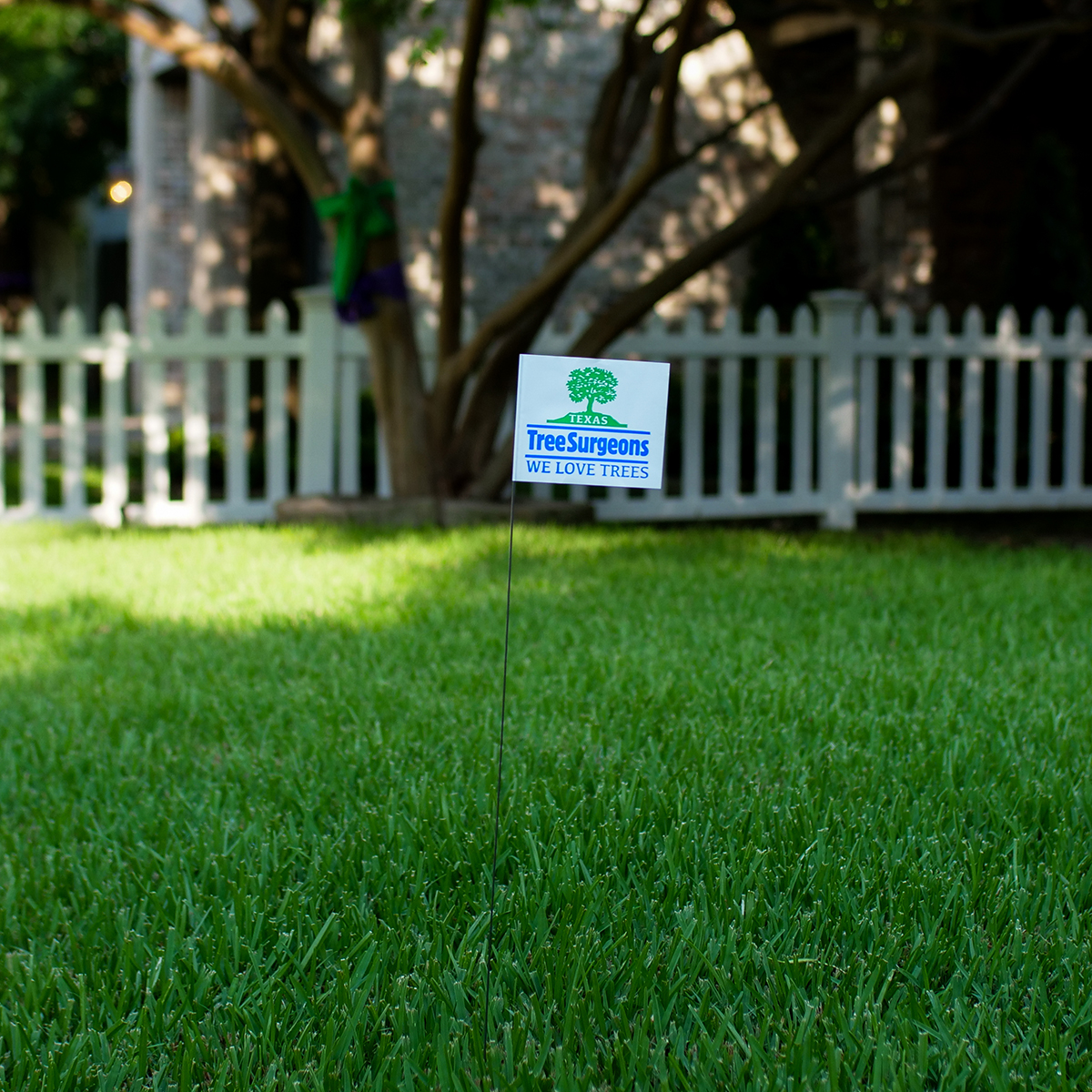
Avoid These Tree Care Mistakes for a Healthy Landscape
Below is a list of overlooked mistakes that could jeopardize the health of your trees. From missteps in pruning to incorrect watering practices, discover how to give your trees the care they deserve. Red oak…
Read more
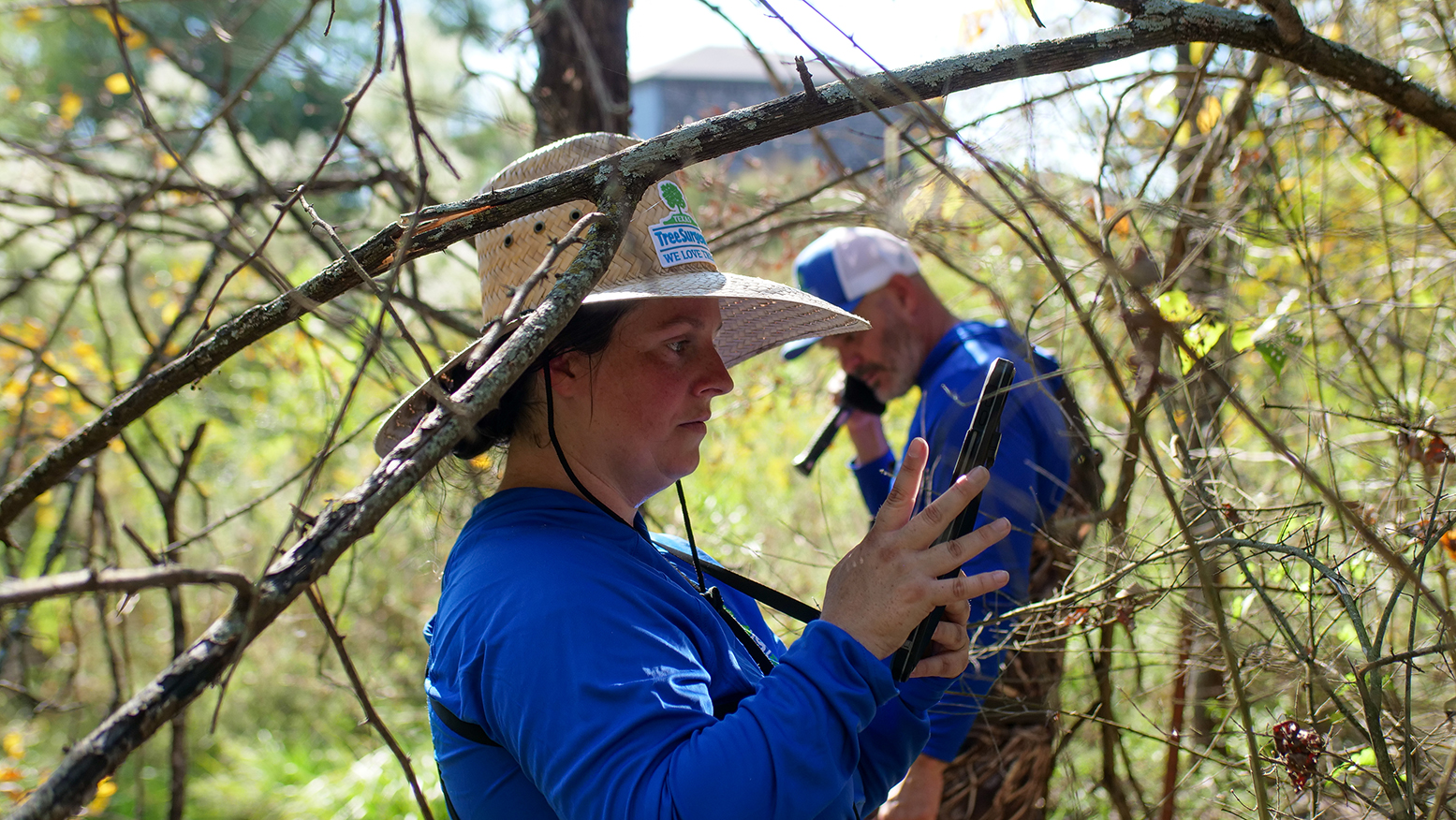
Why do Arborists Recommend Soil Sampling in Urban Areas like Dallas?
Soil sampling is a crucial practice in urban areas like Dallas. It helps arborists make informed decisions about your landscape to ensure a healthy urban ecosystem. Our native soils vary widely—from the dense clays of…
Read more